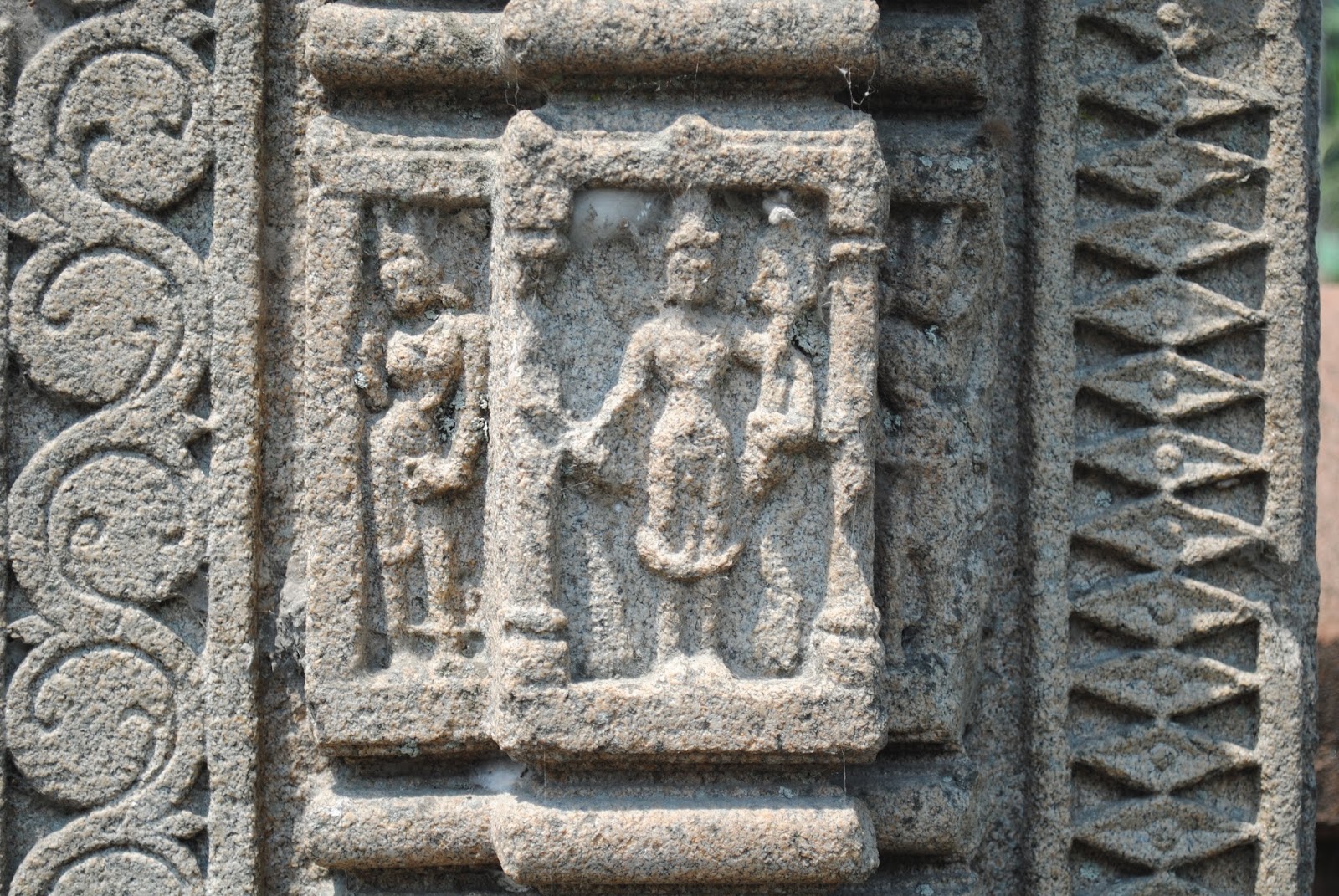Aswaklanta - The Weary Stallion
Aswaklanta: A Photo Essay,
Aswaklanta
is a historical monument under the protection of the Archaeological Survey of
India (ASI). The origin of the site is steeped in the oral tradition and Hindu
mythology of the region. The name Aswaklanta is thought to have been derived
from the fact that Krishna’s horse(Aswa) weary with the great
war(Mahabharatta)took shelter(Klanta) at the same site . This
site specific performance employs the mythical narrative of Aswaklanta as a
symbolic representation of today’s modern man inhabiting the region .The performance was part of India Foundation
for the Arts (IFA) Extending Arts Practice programme
and performed alongside Hare Krishna Talukdar, a senior artist based in New
Delhi.
Like Krishna’s Aswaklanta
the modern man living in the Northeast region is sagging and tired. Exhausted
and disturbed by a political culture signified by repression and turmoil. Nation-state
model, politics of reservations, corrupt and violent post-independence
political history have left the people agonized and frustrated in a culture of
fear and oppression.
Identities are texts
–psychological or cultural, historical-geographical that gives a space-time
dimension or simply put a form of existence to our bodies. They are referred as
text here because of the characteristics of impression
and memory inherent in it. We
identify with these texts collectively or individually. The psychological and
physical texts in the context of the region have become redundant, narrow and
conflictual and act as barriers in any constructive dialogue and criticism.
Only when the individual
perseveres to take the difficult and imposing staircase to self-awareness there
is a change in one’s perception. When one arrives at the shrine of this new
overarching perspective the dualities of our lives stops to bother and perplex
us. The dictation of parched texts takes the form of colour paints in which the
paradoxical opposites (psychological and physical) dissolves. Born and dead
into the endless liquid source man leaves behind only his existential footmarks
like the footmarks of Aswaklanta.
This site specific
performance employs the mythical narrative of Aswaklanta as a symbolic
representation of today’s modern man inhabiting the region. It further makes
use of the historical monument as a stage not only to heighten the effect of
performative experience but to reactivate this dead archeological monument into
a living form. In reliving these mythical, archeological, architectural or any
other texts one is exploring and reconfiguring existing or dominant narratives
of self, body and space through the medium of performance. It is a response to
the vexing problems of identity through the language of art.










.png)

Comments
Post a Comment